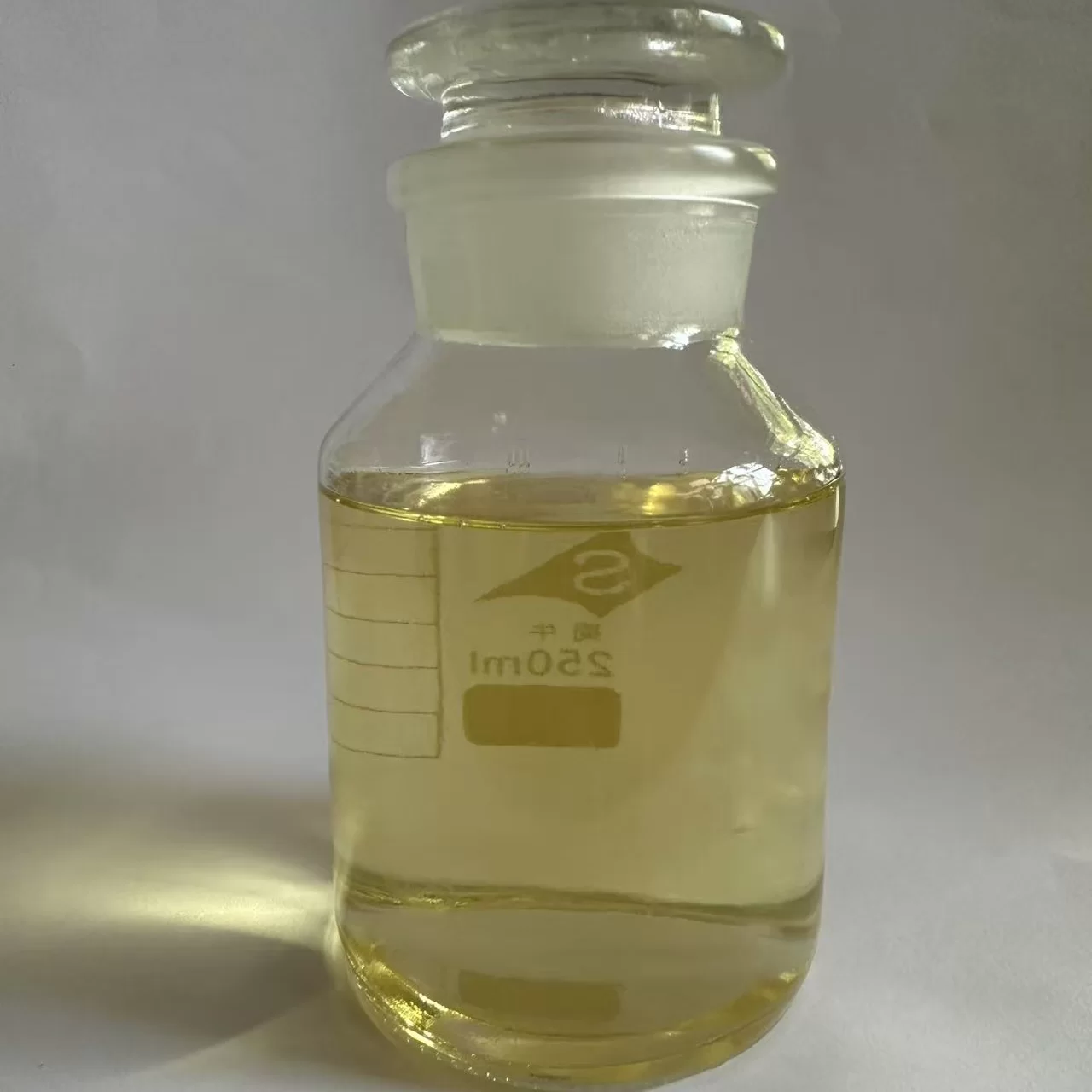A Field Note on fabric mercerization: chemistry, practice, and what mills are really asking for
The market keeps circling back to shine, richer shade, and a smoother hand. To be honest, that’s why mills push fabric mercerization back onto the priority list every few seasons—especially as brands chase premium basics and cleaner-looking denims. From my recent visits, the product that keeps popping up is the High Alkali Mercerizing Penetrant for Textile Pretreatment, produced in Han Village, Zhao County, Shijiazhuang City, Hebei Province, China. It’s a mouthful, yes, but a very practical one.

Why the renewed interest?
Brands want deeper blacks and brilliant jewel tones without over-dyeing. Mills want lower rework. And sustainability teams (sometimes skeptically) want less caustic drag-out. A capable penetrant under 28–30 °Bé caustic is the quiet hero. Many customers say the right penetrant feels “boringly reliable,” which is exactly what you want on a chain mercerizer at 60 m/min.
Product snapshot: what it actually does
fabric mercerization is unforgiving: rapid wet-out in concentrated NaOH, minimal foaming, and steady surface tension are non-negotiable. This penetrant is engineered for high-alkaline pretreatment, with strong alkali resistance, quick penetration, and decent emulsification/dispersing behavior. Bonus: it behaves sensibly in other high-alkaline steps too.
| Parameter | Typical value |
|---|---|
| Chemistry | Nonionic/anionic surfactant blend, alkali-stable |
| Alkali resistance | Stable up to ≈300 g/L NaOH (28–30 °Bé) |
| Wetting/penetration | ≤8 s in 280 g/L NaOH at 25 °C (1–2 g/L dosage) |
| Foam profile | Low–medium; defoamer compatible |
| Recommended dosage | Continuous chain mercerizer: 1.0–3.0 g/L; pad-batch: around 3–5 g/L |
| Shelf life | ≈12 months sealed, 5–35 °C |
Process flow and testing (the practical bits)
- Materials: cotton (carded/combed), modal, viscose, cotton-rich denim; continuous chain mercerizer or pad setup.
- Method: pre-wet (optional) → pad in 28–30 °Bé NaOH + penetrant → dwell 20–60 s under tension → hot then cold wash → neutralize (mild acid) → rinse → dry.
- Targets: surface tension ≤30–32 mN/m within seconds; even liquor pick-up under tension.
- Testing: tensile (ISO 13934-1), colorfastness to washing (ISO 105-C06 / AATCC 61), rubbing (ISO 105-X12), dimensional change (AATCC 135), domestic laundering durability (ISO 6330).
- Service life: gloss/hand retention after ≈30 home launderings; shade stability verified via spectrophotometry (ΔE ≤1.0–1.5 on mid-depths, internal data).
Application scenarios and advantages
Shirting poplins, lustrous jersey basics, premium towel warp, denim warp sheets pre-dye—wherever fabric mercerization is the lever for hand and shade. Advantages observed: faster wet-out (less pinhole streaking), deeper K/S (≈+15–30% on reactive shades), and tensile uptick (+10–25% vs. non-mercerized, fabric-dependent). Surprisingly, mills report easier shade matching on black programs.
Vendor landscape (condensed, field-notes style)
| Vendor | Alkali stability | Lead time | MOQ | Support/Docs |
|---|---|---|---|---|
| Hebei producer (this product) | Built for 28–30 °Bé | ≈7–12 days | ≈200 kg | COA/SDS/TDS; ISO 9001; Eco-label support upon request |
| EU specialty brand | High; premium pricing | 2–4 weeks | ≈500 kg | Strong lab backing; REACH-ready docs |
| No-brand import | Variable | 30+ days | ≥1000 kg | Limited data; mixed feedback |
Note: indicative comparison based on buyer interviews and typical tenders; your mileage may vary.
Case study (short and honest)
A South Asia knit mill swapped their generic penetrant for this high-alkali version on combed cotton jersey. After two weeks: Draves wetting improved from 11 s → 6 s (1.5 g/L in alkali), rework dropped ≈18%, K/S on Navy +12% at same recipe, and CF to washing hit ISO 105-C06 grade 4–5. They also noted fewer streaks when line speed nudged up. Small sample, yes—but consistent with what I’ve heard elsewhere.
Compliance and customization
- Documentation: COA, SDS, TDS; third-party testing can be arranged.
- Custom tweaks: foam control, wetting speed, odor profile, and bio-based content (where feasible).
- Regulatory support: alignment to buyer RSLs and ZDHC MRSL targets upon request.
Final take
If you’re chasing cleaner surfaces, tighter shrinkage control, and richer shades, a robust penetrant is a quiet—but decisive—upgrade in fabric mercerization. This Hebei-made option earns its keep in tough alkali, and, frankly, that’s where the real work happens.
Authoritative citations
- ISO 105-C06: Textiles — Tests for colour fastness — Part C06: Colour fastness to domestic and commercial laundering.
- ISO 13934-1: Textiles — Tensile properties of fabrics — Part 1: Strip method.
- ISO 6330: Domestic washing and drying procedures for textile testing.
- AATCC TM61: Colorfastness to Laundering, Accelerated.
- AATCC TM135: Dimensional Changes of Fabrics after Home Laundering.
Our team comprises seasoned manufacturing experts and international business professionals.dye auxiliaries Core team members possess 15-20 years of industry experience,textile auxiliary manufacturer with deep understanding of every production detail and sharp market insights.textile auxiliary agent Our professional teams include:R&D Team: Continuous innovation, leading industry development Production Management Team: Pursuing excellence,auxiliaries chemicals ensuring stable quality Quality Control Team: Strict supervision with zero-tolerance attitude International Business Team: Professional service with seamless communication.textile auxiliaries chemicals